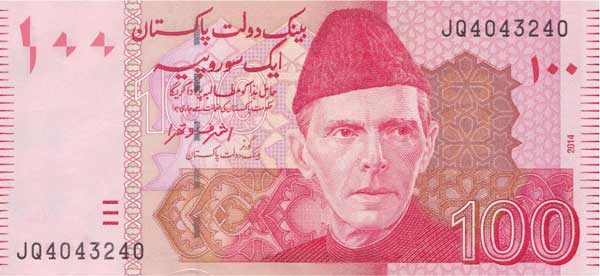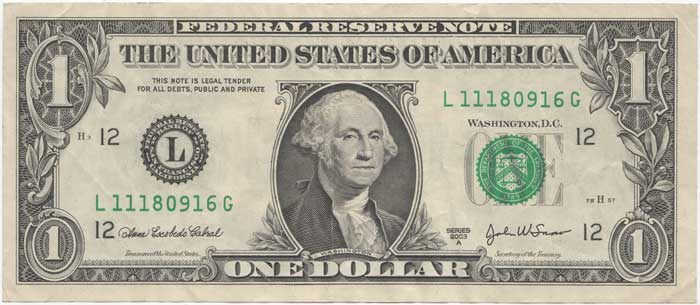The Fluctuating Rupee
By K. K. Shahid | Economy | Published 7 years ago


On Friday, July 20, the Pakistani rupee went beyond the 130 mark against the US dollar in the intraday trading, before finishing the day around 129. That’s where it settled over the next Monday and Tuesday, with the market focused on the election on Wednesday, July 25, and the impact it may have on the Pakistani currency’s value.
Since December 2017, the rupee has shed almost a quarter of its value (22 per cent) in four separate devaluation stints. The thrust between those falls in December 2017 and March, June and July 2018 have been the market forces that are dictating the price after the artificial valuation that had been maintained under former finance minister Ishaq Dar.
“The market-based adjustment is reflective of the country’s external balance of payments position which is under pressure due to a large trade deficit,” read a statement by the State Bank of Pakistan (SBP) in June, echoing what the central bank had reiterated in March.
While the then finance ministry, spearheaded by Rana Afzal Khan and Miftah Ismail, had maintained that the rupee had found its true value around 115 against the US dollar in March, it has since depreciated by another 15 rupees.
Former Federal Secretary for Finance, Waqar Masood Khan, is extremely critical of the outgoing Pakistan Muslim League-Nawaz’s (PML-N) fiscal policies, holding them responsible for the rupee slide.
“They had maintained the artificial price for political gains, but when the central bank could no longer support the rupee it has come crashing down,” he says. “Now the incoming government is left with no choice but to seek a bailout package from the International Monetary Fund (IMF).”
While the outgoing finance minister, Miftah Ismail, continues to deny it, Newsline in May had reported that he had led a delegation to the US in April, where he held discussions with IMF officials over terms of a potential bailout package, with senior diplomats also engaging with their US counterparts to pave the way for a loan.
While the previous government continued to echo its rhetoric against the IMF, while simultaneously setting the ground for the Fund to be approached following the elections, senior financial journalist and analyst at FX Empire, Shahab Jafry, reveals that the excess demand for the US dollar had created a debt bubble that only further weighed in on the Pakistani economy.
“What happened was that Pakistan’s debt payments were inflated by the artificial pricing and the increasing demand for the US dollar, instead of boosting exports,” Jafry said. “That is why the rupee has continued its slide, and it can now only be addressed through a loan.”
The previous government’s financial duplicity hasn’t just sent the rupee price tumbling down, there have been wide ranging ramifications. What that has meant is that the coming government will inherit an all-time high trade deficit of $37.7 billion and a stock market that in the first half of July traced its lowest point of 2018, as it fell below the 40,000 point mark for the first time this year.
According to Waqar Masood Khan, these numbers have been exacerbated by the previous government’s refusal to approach the IMF sooner, considering the political cost: “Had they gone to the IMF sooner, Pakistan’s economic condition would have been a lot healthier. But what they left behind was an all-time high deficit of 71 per cent [of the GDP].”
Meanwhile, as the next government mulls approaching the Fund, an IMF report has underscored that the country’s external financing needs will touch $45 billion by 2023 (9 per cent of GDP), from the current $21.5 billion (7.1 per cent of GDP).
Risks to Pakistan’s medium-term capacity to repay have increased significantly… due to mounting external and fiscal financing needs and declining reserves, says a PTI handout.
To further underscore how the bailout would be a major diplomatic challenge for Pakistan, US Secretary of State, Mike Pompeo, in an interview with CNBC on July 30 warned the IMF against bailing out Pakistan’s new government.

U.S. Secretary of State Mike Pompeo warned against providing an International Monetary Fund bailout for Pakistan’s new government, which includes funding to pay off Chinese lenders.
PTI leader, Asad Umar, former corporate executive and an MBA with a degree in Finance, who is expected to take over as the Finance Minister believes that a loan from China is also an alternative.
“Pakistan would already have been in an IMF programme if it had not received this undeclared Chinese bailout,” he said before the elections, referring to the $1 billion loan from China that had been agreed upon in May. It had followed loans worth $3 billion in the preceding months, courtesy of Chinese commercial banks. Most of these loans hinge around purchases related to the work along the China Pakistan Economic Corridor (CPEC).
In the immediate aftermath of the election, China announced another $2 billion loan to Pakistan, helping address the foreign currency slump, which helped boost the rupee to 122 against the US dollar by the end of July.
“Any and every option [should] be looked at, including the IMF, and the boom-and-bust cycles that keep roiling Pakistan’s economy should end,” asserts Asad Umar.
But while a loan would provide short-term relief to the economy, the terms the funder sets will also be critical. “Anyone who gives a loan to Pakistan will, in all likelihood, ask for austerity measures,” maintains Shahab Jafry.
International analysts believe that the current valuation is reflective of the Pakistani rupee’s actual strength, which is why the exports hadn’t risen sufficiently to impact the bulging trade deficit between December and June.


